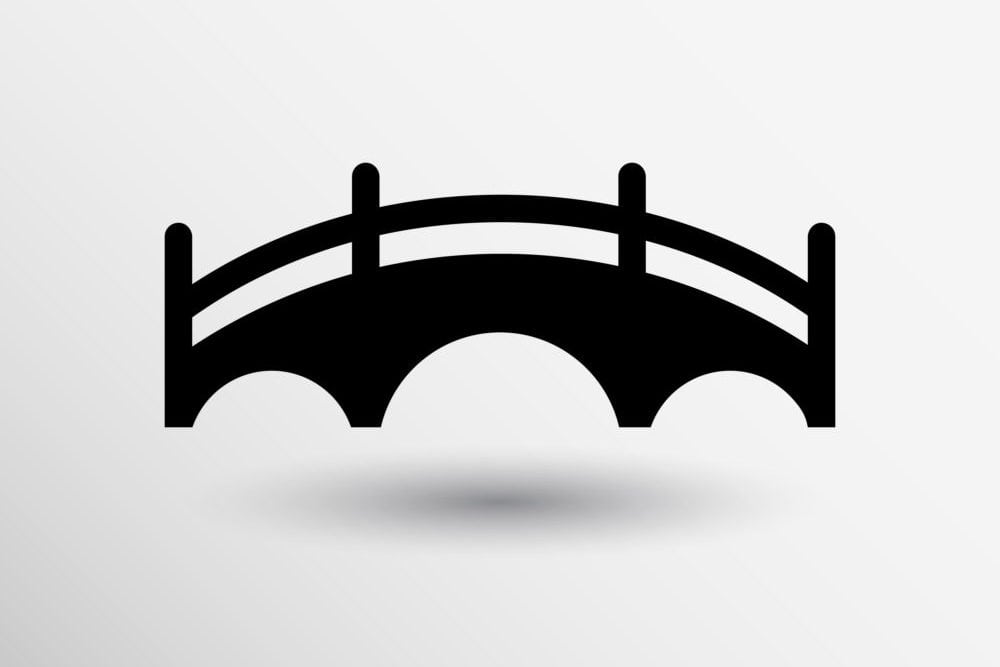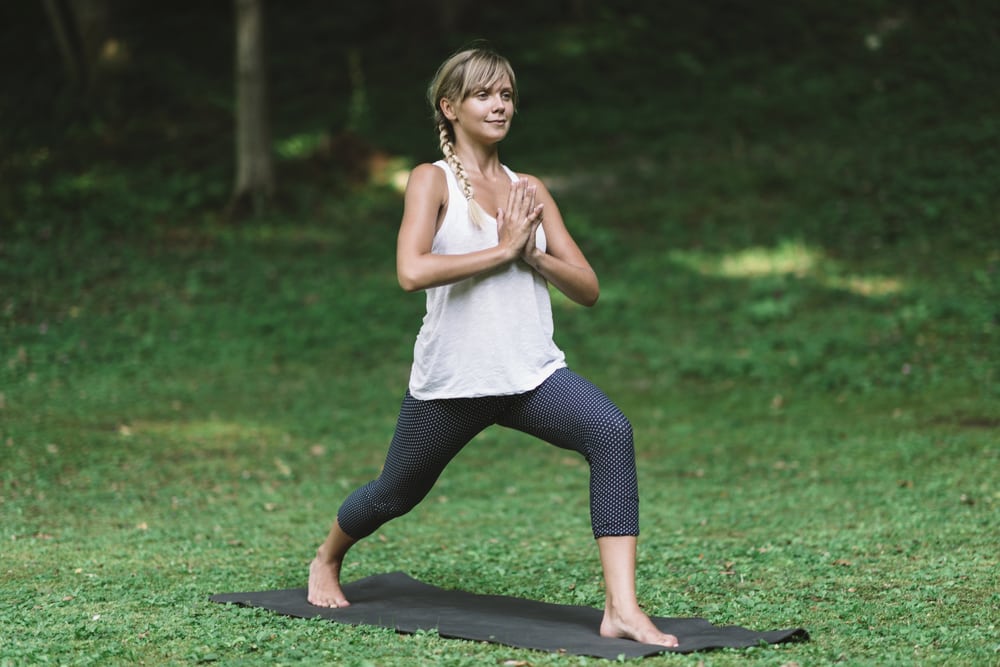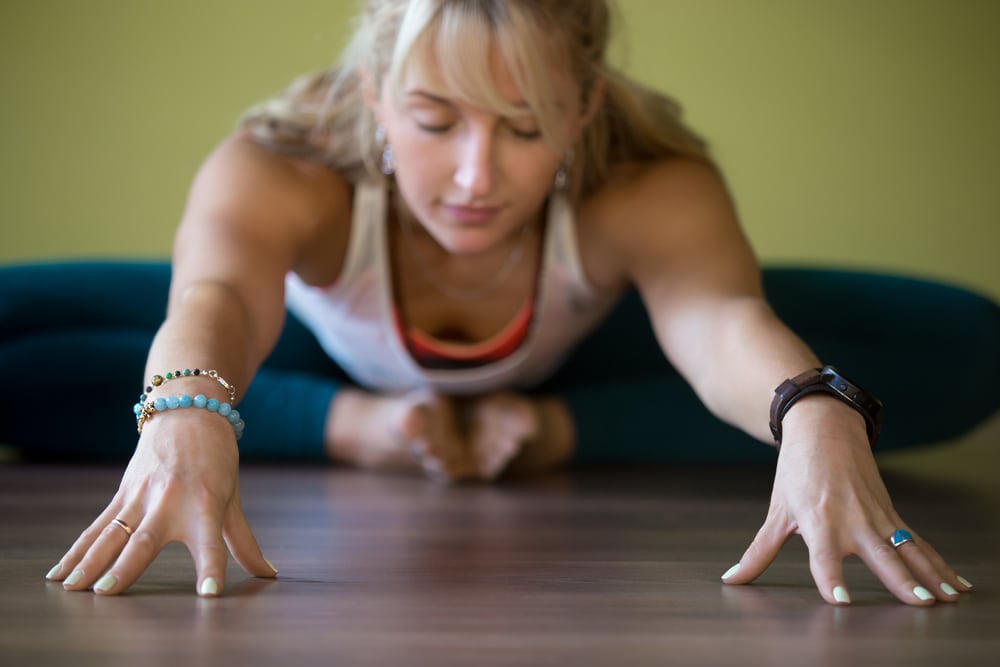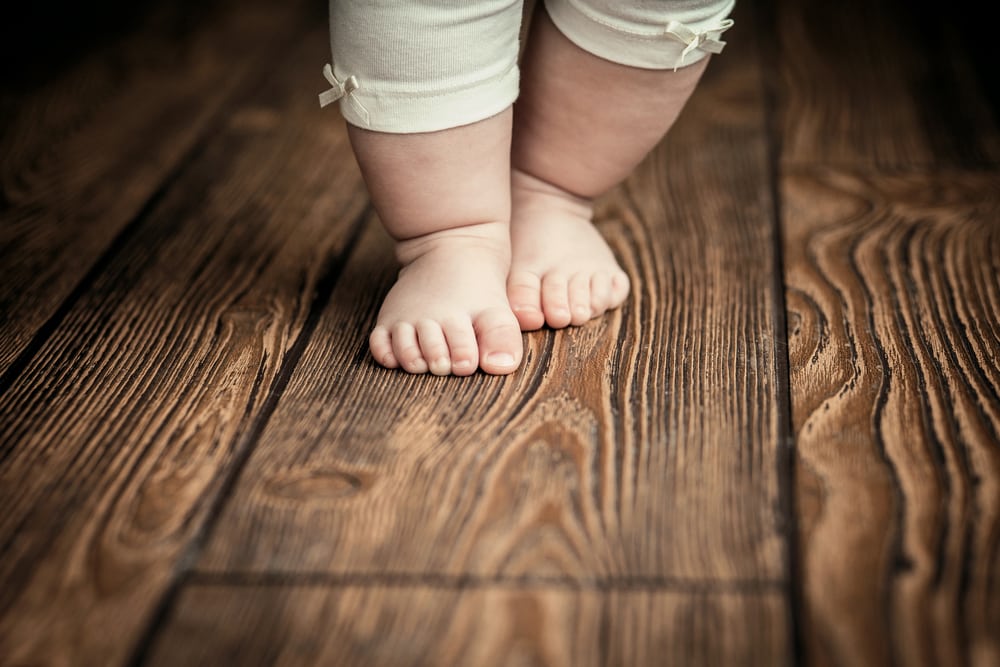

In this lesson, we introduce the factors involved in sequencing poses.
Objective
Lay the foundation for sequencing poses to safely and effectively meet class objectives.
Description
Describe general categories of class objectives. Name aspects of an asana that are utilized in effective sequencing. Describe a basic principle of sequencing related to complexity of poses and describe how to guide students’ attention in a way that is consistent with this sequencing principle. Explain the Desikachar approach to sequencing dynamic and static poses. Describe priorities when moving through the arc of a class. Show how sequencing takes into account the relationship between poses. Speak to the caution around artistic sequencing.

There are few “hard and fast” rules in yoga teaching. Different lineages have different approaches. And even within a single lineage, the response to most questions is, “That depends upon the student, situation and intention.”
Still, particularly as a new yoga teacher, it’s helpful to have some guidelines from which to begin. So we have gathered guiding principles culled from multiple expert sources for mindful sequencing. Here you’ll find the most fundamental principles. Go deeper by selecting from the menu above.
Sequencing takes into account the intention, the students, the individual poses and the relationship of the poses with each other. This knowledge is used to guide the safe and mindful placement of poses to meet an objective.
Effective sequencing utilizes knowledge of each asana, such as:
Sequencing involves consideration of how one pose helps to prepare for other poses, both physically and energetically. It also takes into account the relationship between families of poses, such as standing poses, backbends, twists, and forward bends.
Judith Lasater on Sequencing
The effect of each pose can be measured, in part, by the pose that came before it and the one that comes after it. For example, if you are focusing on forward bends, then you should practice basic forward bends first and gradually move toward more challenging ones, as your body accommodates the movements necessary to bend forward… Another principle of sequencing is to practice the poses that encourage systemic effects and involve the large muscles first… Finally, an effective sequence of poses never juxtaposes an extreme movement with its opposite extreme movement. – Judith Lasater, 30 Essential Yoga Poses 2003 p 196 link
See much more: Choosing & Arranging Poses

The most fundamental aspect of sequencing is setting a clear objective. Your objective will guide your choice of asana, breathing practices, thematic elements and other tools. The objective also helps in deciding against options, thereby narrowing the focus and increasing effectiveness. Questions that will help lead you to your objective include:
Some types of objectives include preparing for teaching a peak pose, repeating a pose as a way to guide students to new aspects or a deeper expression of the pose, responding to a particular condition or energetic state, or teaching an anatomy-related principle. For more thoughts on setting an objective, see Inviting Inspiration.
Be Specific
Before you show up, make sure you know exactly what you want to teach that day. Be specific: is it a pose? Is it a movement that happens in the body during the pose? Is it a region of the body? Is it an energetic or philosophical theme? Ask yourself: if my students could walk away learning ONE thing from my class today, what will it be? And let your sequence communicate for you. – Adrienne Kimberley link
Avoid “Everything But the Kitchen Sink”
In any yoga practice one element is always dominant. If you want to make it asana, that’s fine, then breath can support it along with meditation and other things. If you want to make the breath a dominant element… then the asana and other things play a supportive role. Otherwise the practice can become an example of “everything but the kitchen sink”. You can organize your yoga practice around an idea, or meditation, or chanting, or ritual, or mudra – whatever you think will help you manifest the intention that you have for the class, as long as it’s one main thing. – Olga Kabel link
Introduce the Learning Objective
A teacher may hope to help their students find balance in Tree Pose… If that teacher starts class introducing foot anatomy and weight placement in balance poses, they are setting their students up for success when it is time to practice Tree Pose. Starting class with a personal anecdote or discovery, a yoga philosophy lesson, thought-provoking question, etc. are also great ways to develop and introduce a class aim. – Ling Beisecker link
Students Learn Best When They Understand What They are Trying to Learn
Crandell believes that one of the largest challenges modern vinyasa yoga needs to address is that teachers are teaching without a curriculum or clear objectives, and students are practicing without any understanding of what the actual skills are that they are developing over time. He says it’s a huge problem from an educational perspective. “Students learn best when they understand what they are trying to learn, and teachers teach best when they understand what they are trying teach.” – Meagan McCrary link

A class objective may be set around such topics as responding to individual conditions, the natural world or larger society. Or it may be related to asana or anatomy. Another type of objective (which may be related to responding to a condition or teaching a particular asana) is encouraging an energetic or feeling state such as grounding or patience.
You may wish to use the Sequence Finder to review intentions associated with our expert-derived sequences.
In Three Main Ways to Approach Your Personal Yoga Practice (and Your Yoga Classes), Olga Kabel makes an insightful observation about the pros and cons of setting an objective based on symptoms and desires in the moment:
This approach means closing your eyes, checking in with yourself and identifying an issue that seems the most pressing today, whether it is a physical, energetic or emotional one. Once you identify your priority, you then choose (or create) a yoga practice that addresses that particular concern… In terms of teaching classes, this means asking your students for their requests…
Pros of this approach: You make your yoga practice relevant and targeted to your (or your students’) specific needs. This can prevent issues from festering, and it helps you feel empowered to tackle whatever challenges come up… Cons of this approach: You might get pulled in different directions from day to day while attending to more pressing issues; an approach like that does not facilitate deeper transformation. You might end up chasing your symptoms but never arrive at addressing deeper underlying issues that cause those symptoms.


Build Gradually
It’s a rare human body that is so resilient that all the asanas come easily and safely, even if appropriately warmed. Take Wheel Pose as an example. Yes, there’s a small fraction of intermediate level students who can easily and safely explore it after some simple warming. But open the hip flexors and thighs, create space and ease along the spine by warming and stretching the spinal erectors, multifidi, and abdominals, and do a variety of shoulder openers… and I assure you all yoga students will find the this asana more accessible, intelligible, and sustainable, and the integrating sequence that follows will take it all a lot deeper. I want teachers to make the practice more accessible to all, to always assume they don’t precisely know the conditions of their students, and to make it altogether less likely that they’ll be featured in William J. Broad’s next New York Times installment on how yoga can wreck your body. – Mark Stephens, Yoga Teacher Magazine, This Amazing Evolution
See much more: Choosing & Arranging Poses

Sequencing is one of the fundamental ways that teachers serve their students, and keep them safe. Teachers are advised to take care that creativity does not ever overshadow purpose and intelligence in sequencing.
Logic & Purpose
Does this sequence of postures unfold harmoniously and smoothly? How does each pose affect the posture that came before it AND the one that follows it? Am I being creative for creativity’s sake or can I back up every posture in this sequence with logic and purpose? – Gina Caputo link
Understand the Rules Before Making Changes
Nowadays, most 200-hour teacher trainings give aspiring asana teachers a class outline of some sort, providing a basic sense of when to do what. In general, it’s a good idea to follow those rules—and to really understand them—before you decide to change it up and do something different. In other words, don’t do anything randomly, and don’t sacrifice safe sequencing for creative choreography. Basically, if you’re going to deviate from the sequencing guidelines you’ve been taught, have a legitimate, anatomically sound reason for doing so. Don’t set aside the safety and integrity of your class for the sake of throwing in something neat you saw on YouTube. – Kathryn Heagberg link
Safety Over Artistry
Leslie Kaminoff brings up an excellent point in his video: yoga sequencing is not the same as choreography. In choreography, the goal is artistic expression and choices are dictated by elegance and aesthetic appeal. Of course, it’s nice when a yoga class flows gracefully, but that is not the main goal. We do not practice yoga to look pretty while we are at it, but to get some benefit, whether it’s physical, physiological of psycho-emotional. The way we arrange poses and other elements in a yoga practice is determined by what we want to accomplish and how we can get there effectively with minimum risk to the body. – Olga Kabel link
We hope you found this excerpt from our Member site useful and inspiring. The Plan & Sequence section on the Member site is extensive and includes such tools and resources as: